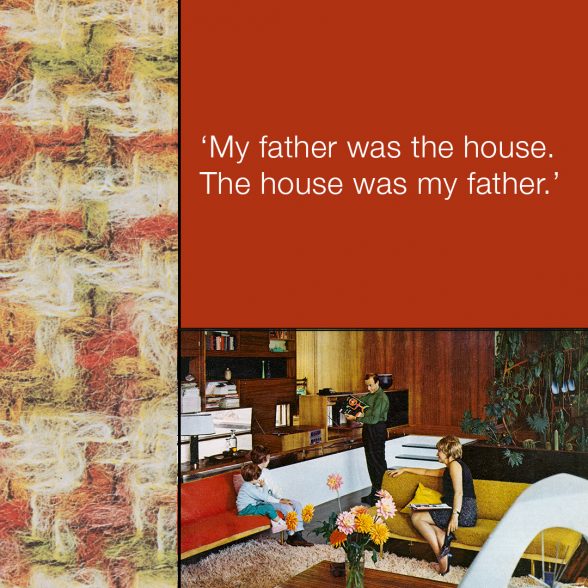This website uses cookies
This website uses cookies to enable it to function properly and to analyse how the website is used. Please click 'Close' to accept and continue using the website.



Thank you to everyone who entered our competition to win a copy of Shelley Klein’s See-Through House. The winners are Jenny Berrisford and Keith Miller.
As the competition closes, we are sharing a Q&A with the author of the book:
– What was the catalyst for writing The See-Through House?
The catalyst was the death of my father. Writing the book was a way of keeping both him and my mother (who died in 2008) close to me, until I was ready to say good-bye to the house.
– What are your earliest memories of your family home, High Sunderland? When did you start to realise it was more than just a normal family home?
I have so many early memories of High Sunderland, but the encompassing one is the physical and emotional warmth of the place, and the light and colours that poured into the house from outside. I don’t believe I realized how special the house was until I reached my late teens/early twenties.
– The book is structured as if on a walk from room-to-room in High Sunderland. Can you tell us a bit about this choice?
Before I started writing the book, I knew I needed a solid structure in order to hold all the different timelines and strands together. Given the story was essentially about why my father came to build High Sunderland and what the house meant to both him and the family, it suddenly occurred to me that it also provided the perfect form on which to build the book.
– The book is full of beautiful photos of the house and your father’s work. How did you go about sourcing archive materials and researching the finer details of your father’s life?
I was very fortunate in that most of the photographs in the book come from either our family albums or from publicity shots taken throughout my childhood, and of which we owned copies. In addition, my father wrote Eye for Colour (1965) from which I was able to glean details of his life as well as the many ideas he had on design. I was also fortunate enough to have spent time with him in later life talking about his childhood memories.
– High Sunderland was central to the 60s and 70s fashion world. What effect did this have on you as a child and a teenager?
The fact that our house was part of the fashion world never really dawned on me either as a small child or a teenager. The fashion shows and photography shoots were fun to watch, but they were very much part of my parents’ working lives and therefore didn’t feel exceptional. Really, it’s only looking back that I appreciate how special the house and that time was, and how lucky I was to have grown up there.

– You quote Virginia Woolf several times in the book, is her work an inspiration to you? Were there any other authors you found particularly inspiring while you were writing The See-Through House?
Virginia Woolf has long been a favourite author of mine: Mrs Dalloway and To the Lighthouse in particular, and the subterranean vicissitudes of her characters. While writing the book I was also re-reading a lot of D.H. Lawrence, for example The Rainbow and Women in Love. Since university I’ve had an enormous affection for these two novels, particularly the way Lawrence wrote about landscape and nature and his use of colour. Gudren and Ursula’s coloured silk stockings, for example!
– How did it feel growing up with such an artistically prolific father? Did you find this encouraged or suppressed your own creativity?
Fortunately, it encouraged me. Both my parents were very enthusiastic when any of us made things or painted or wrote something creative. It was their way of life, something I watched my father in particular do every day, in one form or another. It therefore felt natural to incorporate that way of being into my own life.
– In the book you say that, in a sense, High Sunderland will always belong to you and your family – how does this sit with you now the house has been sold?
I use a quote from Emily Dickinson at the beginning of the book. ‘One need not be a Chamber – to be Haunted/One need not be a house.’ I am haunted by High Sunderland. It’s with me wherever I go and as such I will always feel it belongs to the family, but I do hope the new owners love it as much as we did and that they are very happy there.

Become a C20 member today and help save our modern design heritage.
Comments